The touristy British villages to avoid this summer

“Overtourism” was shortlisted for “Word of the Year” back in 2018 and after a bit of pandemic-era calm, the issue is once again to the fore. This summer has already seen angry protests in a clutch of holiday hotspots, calls for restrictions on Airbnb in Spain, on cruise ships in Greece, and the imposition of tourist taxes in countless cities.
Britain, of course, has its own overtourism nerve centres, where outsiders vastly outnumber residents and many of the locals simply dread the arrival of summer. Here are a few that you might consider visiting out of season instead.
Grasmere, Lake District – prosaically packed
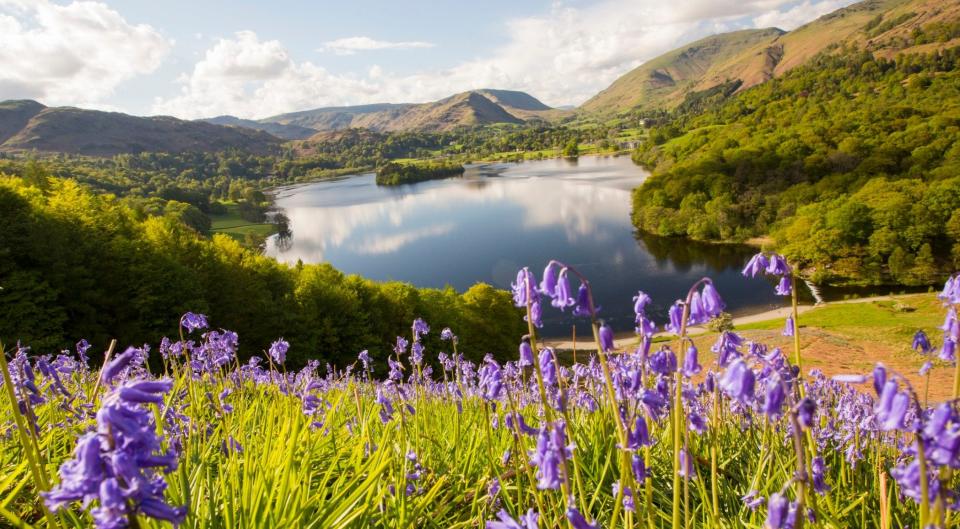
Daffodils wilt. The Wordsworth effect does not. People continue to pour into this cute Cumbrian hamlet – population 523 – on weekends in far greater numbers even than the hordes that tramp around the nearby fells futilely aspiring to be as lonely as clouds.
Dove Cottage is the magnet; the poet and his sister Dorothy – herself an accomplished author – lived here from 1799 to 1808, and were visited by the likes of Walter Scott, Thomas De Quincey, Charles and Mary Lamb and Robert Southey. The limewashed stone house is quite lovely. The garden-cum-orchard behind has been restored to resemble the “domestic slip of mountain” that the siblings lovingly created. Thomas Gray, visiting in 1769, called Grasmere “this little unsuspected paradise” where “all is peace, rusticity, and happy poverty, in its neatest most becoming attire”. No longer, squire.
Grasmere, like Ambleside and Windermere – both often rammed with tourists and tech-garbed hikers – is best in winter or midweek on a rainy day. On a summer weekend, it has zero poetic power.
Alternative: Cockermouth, where Wordsworth was born, attracts far fewer visitors.
Bourton-on-the-Water, Cotswolds – the melting chocolate box
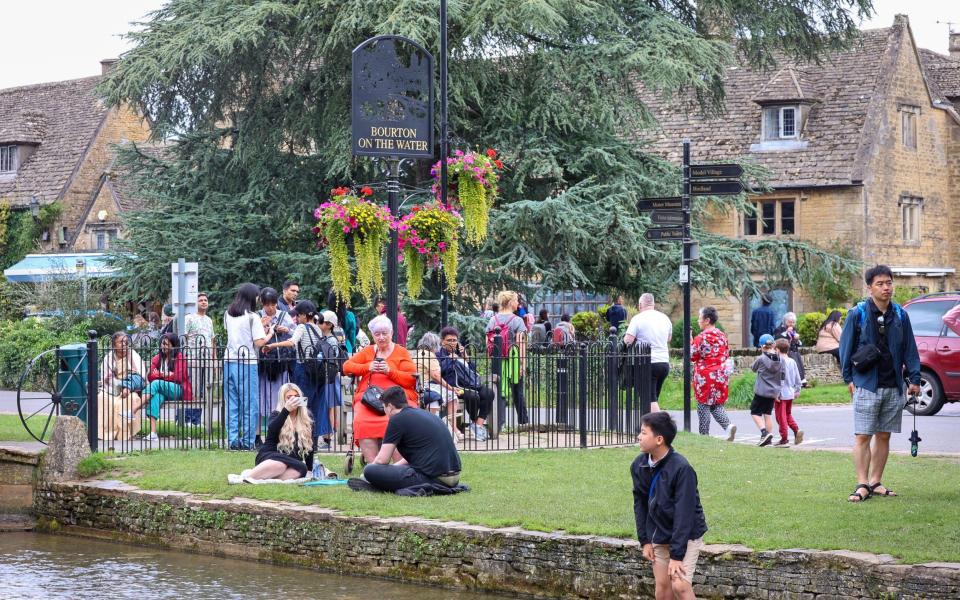
For a certain kind of imagination, the Cotswolds are a summation of all that is rose-scented, reassuring and redolent of harmony in rural Britannia. The creamy stone, the nimbyesque perfection and the big-gardened affluence induce swooning sighs of envy and aspiration, sending smartphones dangling out of car windows.
Bourton, along with Bilbury and Castle Combe, routinely makes headlines for overtourism meltdown. This year, the issue has been exacerbated by the decision by the owners of Bourton Vale car park to stop taking coaches. But still the great, shiny freighters, each shipping three-score or more stiff-legged, tea-thirsting visitors, continue to dock.
Bourton’s population is just over 4,000 settled souls; around 238,000 people come to gawp at it every year. Promoters used to call Bourton the “Venice of the Cotswolds”. This now holds true in more ways than one. Cotswold District Council (CDC) has tried various measures. In March 2021 it began charging an extra 50p for parking in Rissington Road car park. This raised £62,000. Perhaps that could have paid for some more parking spaces?
Alternatives: North Wessex Downs, Shropshire Hills, Wye Valley.
Kettlewell, Yorkshire Dales – all roads lead to nowhere
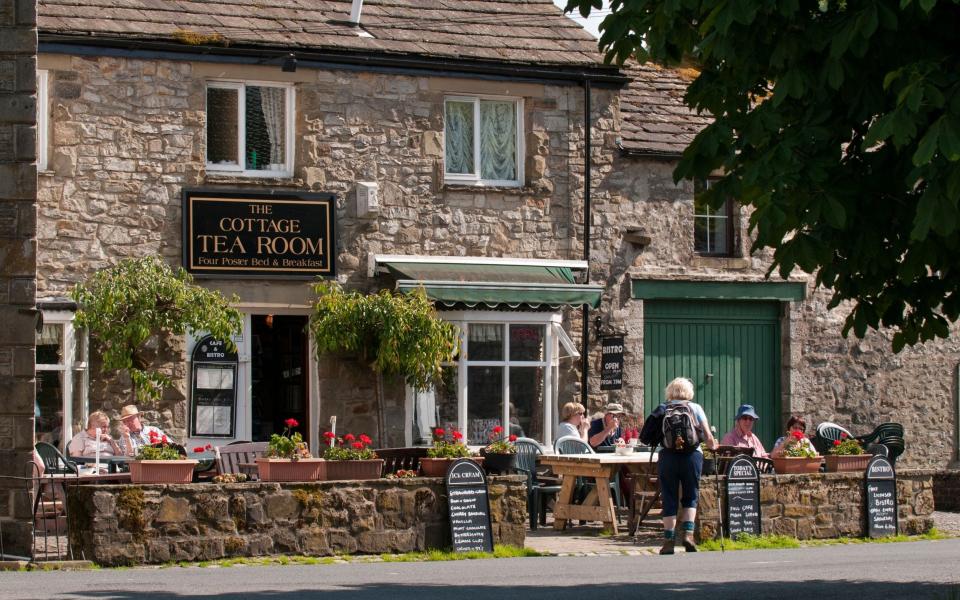
Did past tabloid headlines about Kettlewell being “overrun by tourists flocking for its food and drink” lead to a stampede of more, wondering what they were missing out on? Perhaps. FOMO (fear of missing out) is perhaps the great sickness of the social media age. Getting to share in the dramas of overtourism really matters to some people.
Around 300 people live in the village. On a map it’s pretty much nowhere near anywhere else and is one of those classic Yorkshire hamlets where three or four country lanes meet and spawn a bridge or two, a pub or two, a youth hostel and a tiny car park. Dales villages are just too small for modern tourism. More than five cars and people start bumping into one another. There’s also nowhere really to go except back into the pub or on to the bridge for another you-and-the-river shot.
Alternatives: the Lancashire Dales, such as Roch or Rossen; great walking, industrial history, less tweeness.
Glencoe, Highlands – campervan chaos

Scotland has been more carefully distilled by its marketers than its whiskies have by their gifted makers. Tourists from all over the world blithely bypass the Lowlands, Dumfries and Galloway, the sunny east coast and even the dramatic mini-Patagonia of the Flow Country to congregate, with their campervans and bikes, backpacks and SUVs, cameras and Braveheart quotes, at a handful of West Coast honeypots. This is Highlands as highlights, where ticking boxes matters more than tick repellent.
Glencoe, which has a permanent population just shy of 400, is the Ur-destination for those who like to reduce their holiday research, their experience and their explorations to the absolute minimum. Bus tours arrive every few minutes at peak times. The Three Sisters car park up the road fills bursting with selfie-stick-armed narcissists.
Alternatives: Caithness and Sutherland – further north, wilder, more original. Who needs Harry Potter when you can get Macbeth?
Salcombe, South Devon – Londonisation run amok
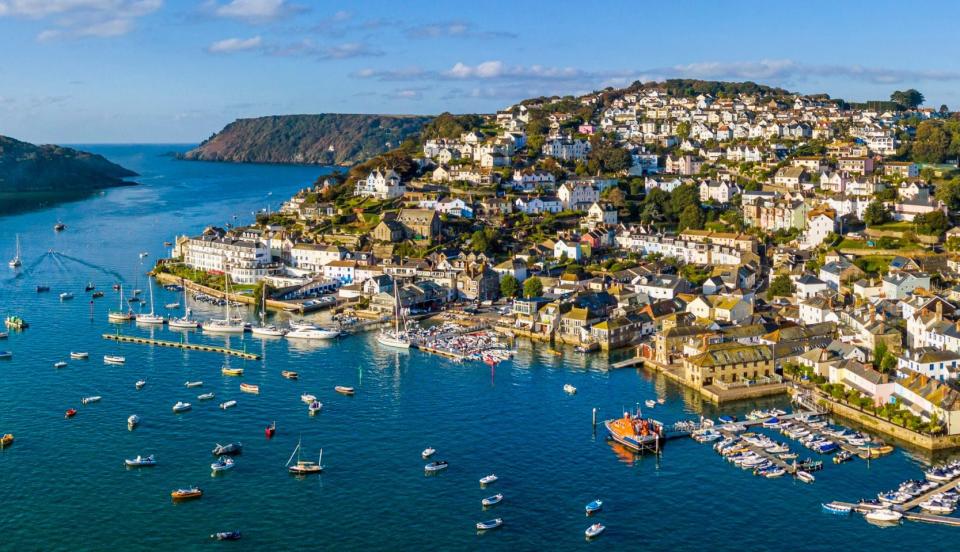
Village or town? With a population of around 1,900, Salcombe is on the borderline, and it’s also at the edge of total meltdown. It is the nature of seaports – this was once a fishing, shipbuilding and pirating spot – that they end at the sea. And, as Salcome is estuarial, every car that comes in must park or turn around. On a bad day – Saturday, Sunday, summer weekdays – the centre is a continuous stream of muscular SUVs and EVs, sports cars and the occasional sun-roofed would-be flapper in his MG – all moving around like drones or mad ants. Narrow streets, too much residential development – made worse by a second-home explosion – makes what could be a gorgeous little haven into a miniature suburban hellhole.
For 70 years, from 1893 to 1963, there was a train that went from Totnes to Kingsbridge; there was a plan to extend it to Salcombe. If only Beeching had been a builder and not an axe-wielder. Don’t swallow the hype. Salcombe is not a yachting town; it’s a driving town. The Harbour Beach Club & Hotel charges £600 in August for B&B and a sea view. The market for this is London, nowhere else.
Alternatives: Totnes, Kingsbridge and Plymouth – roomy, rich in history, with competitive prices for food and accommodation.
Robin Hood’s Bay, North Yorkshire – small isn’t so beautiful
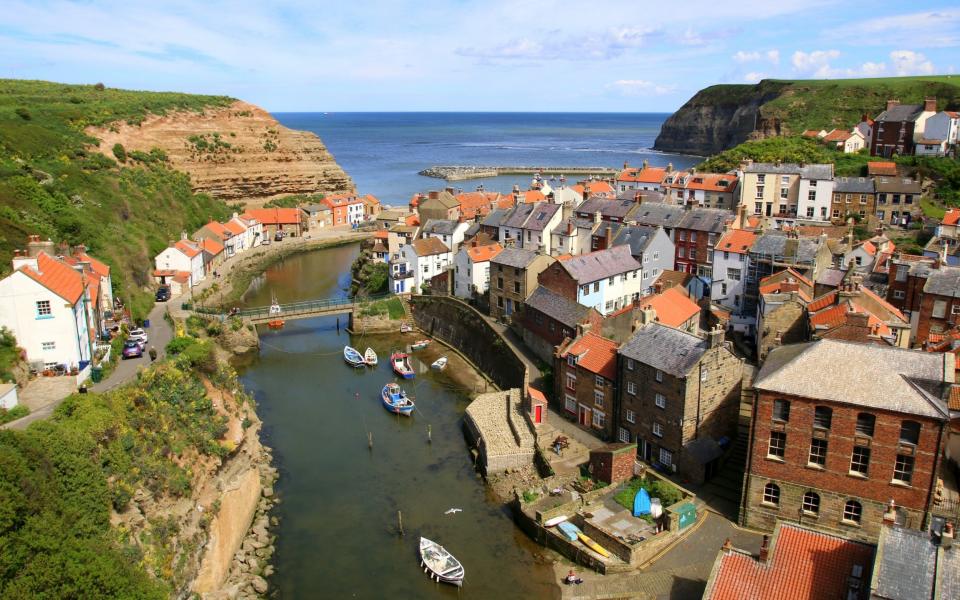
This tiny, cute village of around 1,200 souls simply doesn’t have the room to fit in more visitors. Its attraction is obvious. Yorkshire is a large county, and the West and South are mainly dank hills, cities and former mill towns while the East Riding is plains, fields and barracks towns. The North Sea littoral services a big local population and Robin Hood’s Bay is a particularly picturesque option.
Anyone driving around the North Yorks Moors or staying in Scarborough or Whitby – the latter has its own overtourism problems – can easily pop along the coast to see the sandy beach, crumbly cliffs, 15th-century St Stephen’s Church, Old Coastguard Station and quaint terraces – increasingly snapped up by non-locals. Too small, too scenic, too pretty for its own good.
Alternatives: Seaham, Seaton Carew, Saltburn-by-the Sea, Staithes and other points north.
Knutsford, Cheshire – Ballardian car crash

This well-off little township in rural Cheshire has plenty of visitors, mainly from less des-res towns elsewhere in the area – Crewe, Warrington and Macclesfield are ready sources of twee-quaint-lifestyle hunters. Knutsford has associations with Elizabeth Gaskell and its high street is a genuine contender in the national stakes for most listed buildings – with buckling Tudor, understated Georgian and Victorian townhouses. There are plenty of places to eat well and drink fine wines and spritzers. The shops are a cut above.
Knutsford’s main problem isn’t people but cars – huge people-carriers are parked the entire length of one side of the one-way high street. The other side is taken up by a constant stream of similarly fat cars, vans and trucks. That side’s pavement, routinely invaded by huge tyres, is genuinely dangerous. Knutsford needs to spend some of its substantial council tax revenues on an out-of-town car park and free up its beauty for all to enjoy.
Alternatives: Tarporley, Sandbach, the “Wiches”, and Chester for food and shops.
Padstow, Cornwall – gastrodystopia
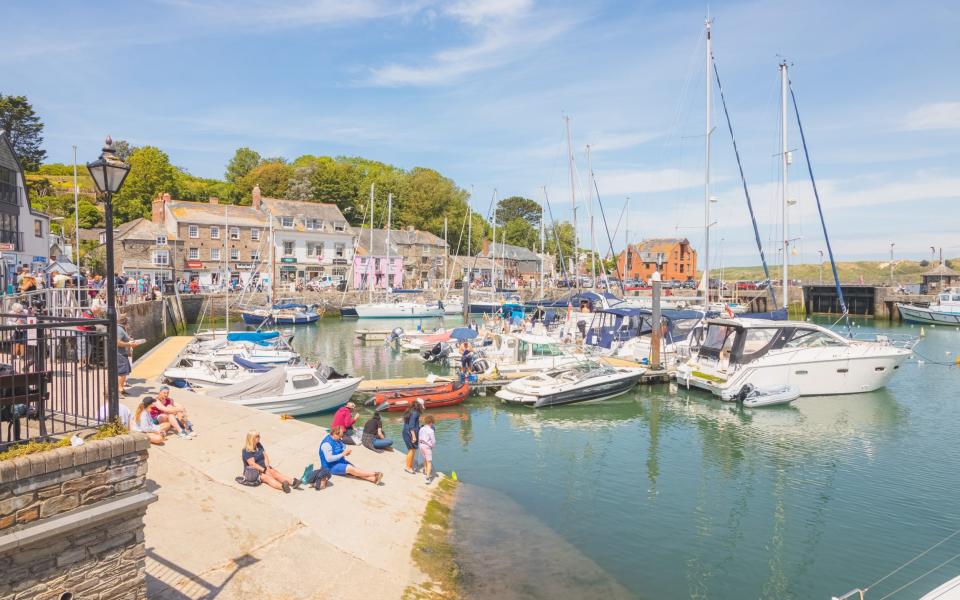
Sorry for the reprise of this mouldy chestnut, but Cornwall continues to score highest for overtourism. St Ives is an ungodly stream of summer holidaymakers. Mousehole is ratty with ill-tempered residents. And Padstow, well, it just goes to show what troubles people will subject themselves to for a bag of celebrity fish and chips.
Human and automobile traffic never ceases. Out of season, late at night, or on foul-weather days, the place reverts to a semblance of ordinariness, but Rick and all who have followed in his aproned wake have turned the best-known foodie destination in the South West into a wind-blown Benidorm.
Alternatives: Camborne and Redruth: two authentic Cornish towns with train stations, history, pub grub, top-notch pasties, museums and the coast path and beaches just a short drive or bus-ride.




